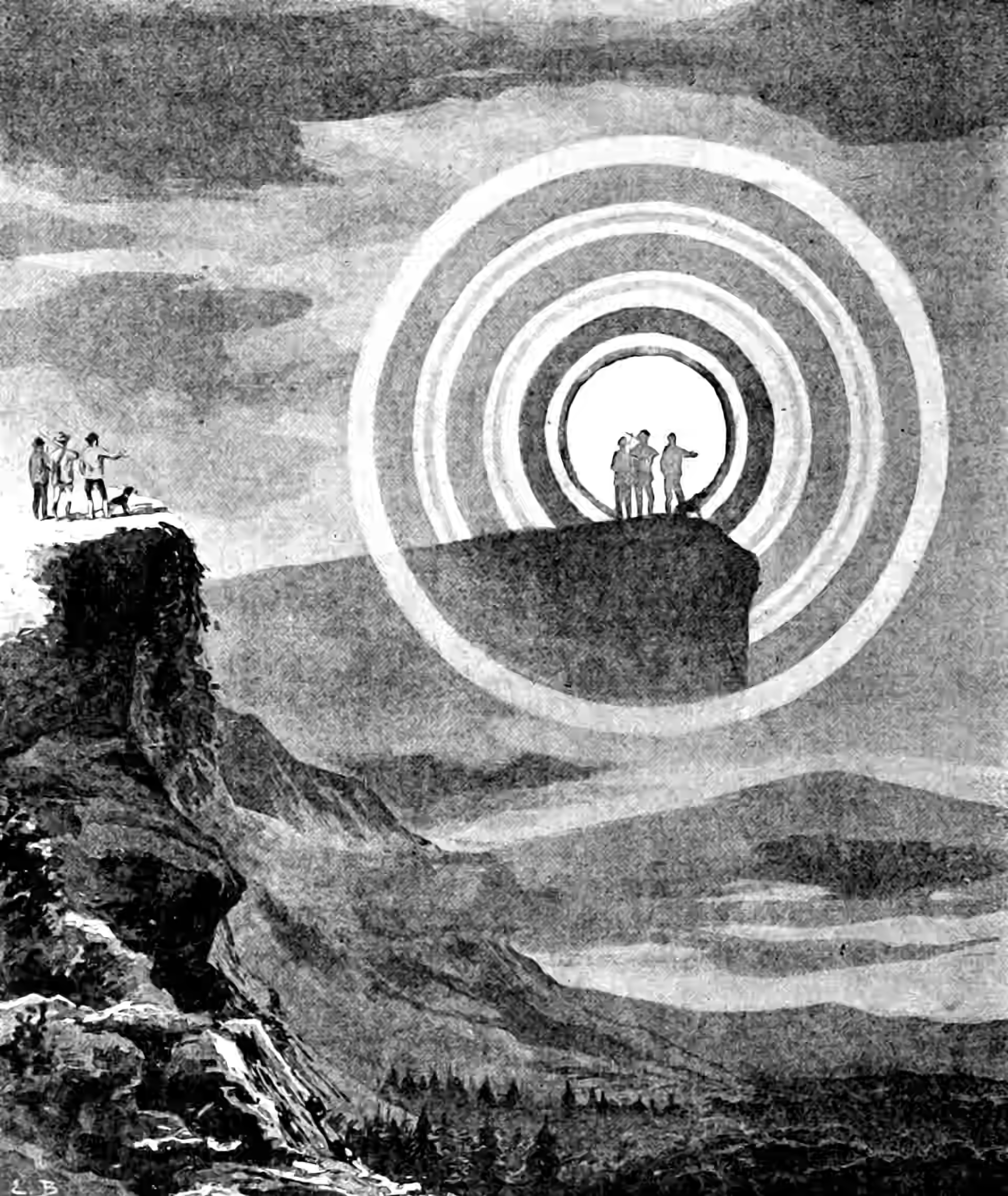Convolutional Gaussian processes
March 1, 2021 — March 1, 2021
Suspiciously similar content
Gaussian processes by convolution of noise with smoothing kernels, which is a kind of dual to defining them through covariances.
This is especially interesting because it can be made computationally convenient (we can enforce locality) and non-stationarity.
1 Convolutions with respect to a non-stationary driving noise
H. K. Lee et al. (2005):
A convenient representation of a GP model uses process convolutions (Barry and Hoef 1996; Dave Higdon 2002; Thiebaux and Pedder 1987). One may construct a Gaussian process \(z(\mathbf{s})\) over a region \(\mathcal{S}\) by convolving a continuous, unit variance, white noise process \(x(\mathbf{s}),\) with a smoothing kernel \(k(\mathbf{s}):\) \[ z(\mathbf{s})=\int_{\mathcal{S}} k(\mathbf{u}-\mathbf{s}) x(\mathbf{u}) d \mathbf{u} \]
If we take \(x(\mathbf{s})\) to be an intrinsically stationary process with variogram \(\gamma_{x}(\mathbf{d})=\operatorname{Var}(x(\mathbf{s})-\) \(x(\mathbf{s}+\mathbf{d}))\) the resulting variogram of the process \(z(\mathbf{s})\) is given by \[ \gamma_{z}(\mathbf{d})=\gamma_{z}^{*}(\mathbf{d})-\gamma_{z}^{*}(\mathbf{0}) \text { where } \gamma_{z}^{*}(\mathbf{q})=\int_{\mathcal{S}} \int_{\mathcal{S}} k(\mathbf{v}-\mathbf{q}) k(\mathbf{u}-\mathbf{v}) \gamma_{x}(\mathbf{u}) d \mathbf{u} d \mathbf{v} \] …With this approach, one can fix the smoothing kernel \(k(\mathbf{s})\) and then modify the spatial dependence for \(z(\mathbf{s})\) by controlling \(\gamma_{x}(\mathbf{d}) .\)
2 Varying convolutions with respect to a stationary white noise
e.g. Dave Higdon, Swall, and Kern (1999);David Higdon (1998). Alternatively, we can fix the driving noise and vary the smoothing kernel. TBC.
